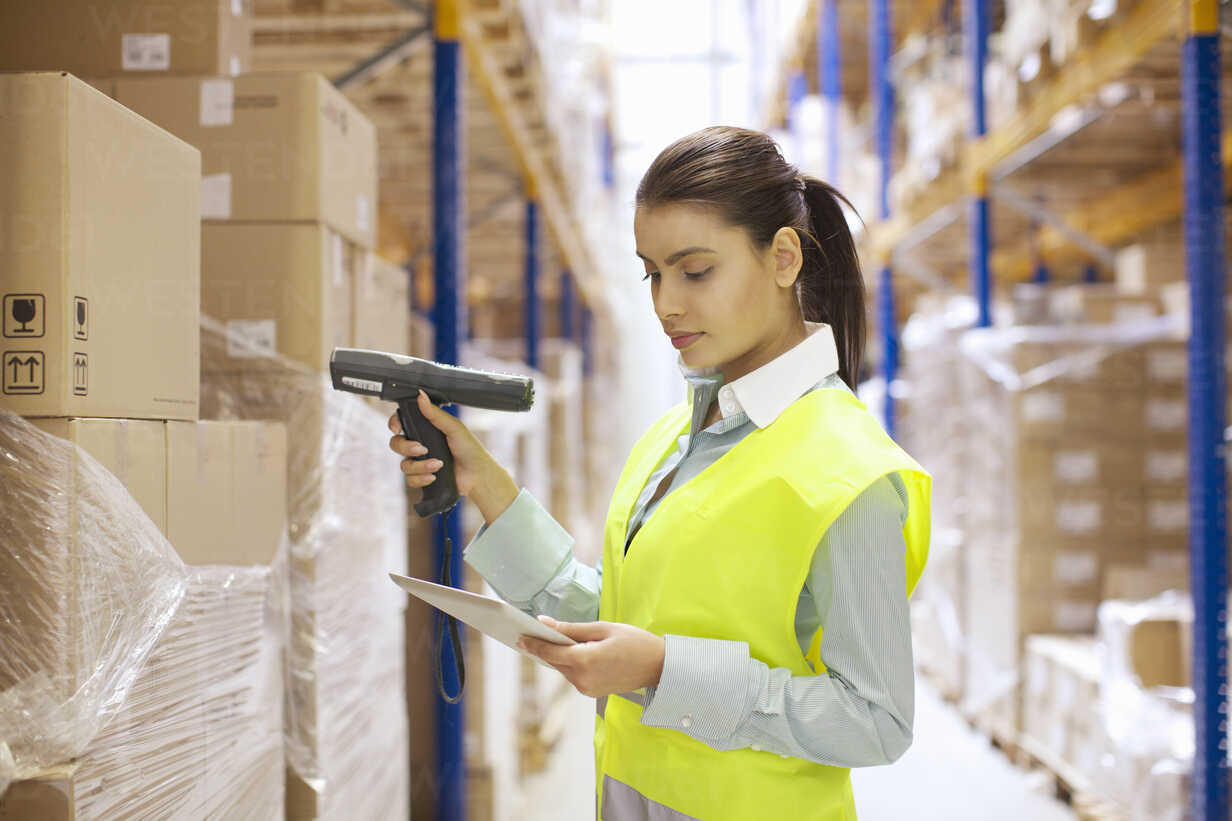Key Takeaways:
- About 25 percent of warehouse accidents happen at the loading dock, and for every injury there are hundreds of near-misses.
- Making warehousing dock safety a top priority is vital for any enterprise throughout the national and global supply chain.
- Loading docks pose a variety of hazards, including slips, trips, and falls; collisions; and falling objects.
- Regular inspections, training, adequate lighting, and proper safety procedures can all help minimize risks and prevent costly accidents before they happen.
- Ergonomics, environmental factors, and best practices for continuous improvement must also be carefully considered.
The Critical Importance of Warehouse Dock Safety
The typical warehouse docks is a bustling hive of activity, at which pallets of products are transferred between trucks and storage and fulfillment facilities. While essential for efficient supply chain operations, warehouse docks can also be dangerous environments, with rigorous safety measures required.
Accidents at loading docks can result in serious injuries or even fatalities, leading to significant costs, decreased productivity, and reputational damage — but more important than all of this is the fact that organizations have a moral imperative to safeguard their workers as well as third-party carriers and other warehouse visitors. According to one source, about 25 percent of all warehouse accidents happen at the loading dock, and for every injury there are hundreds of near-misses. And as noted in a previous edition of the iGPS blog, around five percent of all warehouse workers in the United States will experience injuries on the job each year. Sadly, an average of 19 work-related deaths occur annually among American warehouse workers.
It doesn’t take an expert to conclude that making warehousing dock safety a top priority is vital for any enterprise throughout the national and global supply chain.
Understanding the Risks
Loading docks pose a wide variety of hazards to workers and other visitors, including:
- Slips, trips, and falls: Moist or slippery surfaces, uneven flooring, and obstacles such as pallet debris can increase the risk of falls.
- Vehicle collisions: Forklifts and autonomous guided vehicles operating in confined spaces can lead to collisions and injuries.
- Crushes and entrapments: Workers can become crushed between moving equipment, vehicles, or stationary objects such as pallets.
- Falling objects: Loads that are not properly secured can topple over and cause serious injuries.
- Exposure to hazardous materials: Depending on what type of products or raw materials are stored in a facility, workers may be exposed to hazardous chemicals and other substances during loading and unloading operations.
Such accidents can result in significant consequences. First and foremost, workers may suffer serious injuries or even lose their lives in accidents — an unacceptable outcome that any managers at any responsible enterprise must strive daily to avoid. There are also increased costs to consider; preventable injuries inevitably lead to increased workers’ compensation claims, medical expenses, and lost productivity. Companies may also deservedly face litigation if they are found to be negligent in their training or lax in their safety protocols. And furthermore, accidents can do lasting harm to a company’s brand and negatively impact the trust of employees, investors, partners, customers, and other stakeholders.
Best Practices for Warehousing Dock Safety
To prevent accidents and ensure a safe loading dock environment for workers, drivers, and other personnel, a variety of key best practices can be implemented:
- Perform regular inspections: Conduct regular inspections of the loading dock area to identify and address potential hazards. This should not just be limited to safety professionals and industrial hygienists; safety starts at the top, and every employee from the CEO down is responsible for keeping a watchful eye on things.
- Conduct adequate training: Provide comprehensive training to all workers stationed at or near loading docks, covering topics that include safe operating procedures, hazard identification, and emergency response.
- Deploy clear signage and markings: Use prominent signage and other communication tools to indicate safe walkways, restricted areas, and possible hazards.
- Install sufficient lighting: Ensure that the loading dock area — and all human-accessible locations within a facility — are well-lit to prevent accidents.
- Properly secure equipment: Properly secure and maintain all equipment used at the loading dock, including forklifts, pallets, dollies, and ramps.
- Perform safe loading and unloading procedures: Develop and implement safe procedures for loading and unloading goods (for example, using wheel chocks and other vehicle restraint systems) to avoid preventable accidents and injuries.
- Have an emergency response plan: Prepare a comprehensive emergency response plan, with a schedule of regular drills and tabletop sessions to ensure that workers know how to respond when disaster strikes.
- Use personal protective equipment (PPE): Provide and require workers to wear appropriate PPE, such as safety shoes, hard hats, and reflective vests. Even a CEO or other senior executive who doesn’t wear appropriate safety equipment while in a warehouse facility isn’t setting the right example for their colleagues.
- Use dock levelers and seals: Dock levelers and seals help to create a safe and strong connection between a loading dock and a trailer vehicle.
- Practice forklift safety: Implement and follow strict safety procedures for forklifts and associated equipment, including operator training, regular inspections, and scheduled maintenance.
- Keep an eye on pedestrians: Implement measures to control pedestrian traffic in the loading dock area and prevent accidents.
Additional Considerations
- Ergonomics: Ensure that workspaces and tasks at loading docks are ergonomically designed to minimize the risk of musculoskeletal injuries. Consider using lighter equipment, such as environmentally sustainable plastic pallets instead of heavier wood pallets, which can also shed sharp nails and splinters.
- Environmental factors: Consider environmental factors, such as temperature, humidity, and noise levels, and take steps to mitigate their impact on worker safety and comfort. Whirring machines and other noises that seem harmless can often cause serious health problems after prolonged exposure.
- Emergency exits and escape routes: Ensure that clearly labeled emergency exits and accessible, unobstructed escape routes are available in case of an accident or emergency.
- Communication and coordination: Establish (and test) effective communication and coordination procedures between dock workers, truck drivers, and other personnel to prevent accidents.
- Continuous improvement: Regularly review and update safety procedures and training protocols to ensure that they remain effective and can mitigate evolving risks.
Warehousing dock safety is of paramount importance and requires ongoing attention and constant vigilance. By implementing best practices and addressing potential problems even before they happen, enterprises throughout the supply chain can significantly reduce the risk of accidents and create a safer working environment for their team members. In the end, everyone benefits.
FAQ
Why is warehouse loading dock safety so important?
Accidents at loading docks can result in serious injuries or even fatalities, leading to significant costs, decreased productivity, and reputational damage. More importantly, keeping employees and third-party workers safe is the right thing to do.
What are some of the common risks?
Common accidents can include slips and falls, vehicle collisions, and crushing incidents. About 25 percent of warehouse accidents occur in loading dock areas.
What are some important best practices for dock safety?
Regular inspections, adequate training, and personal protective equipment are all important. Having an emergency response plan and keeping an eye on pedestrians are also vital priorities.
What are other key considerations?
Ergonomics, communication, and environmental factors such as noise and temperature must also be considered for worker comfort, productivity, and safety.
Manufacturers looking to enhance their supply chain safety can opt for iGPS plastic pallets. These pallets lighter and safer than wood pallets, and don’t shed nails and splinters. For more information, contact us at 1-800-884-0225, email a specialist at switch@igps.net, or visit our contact page.



